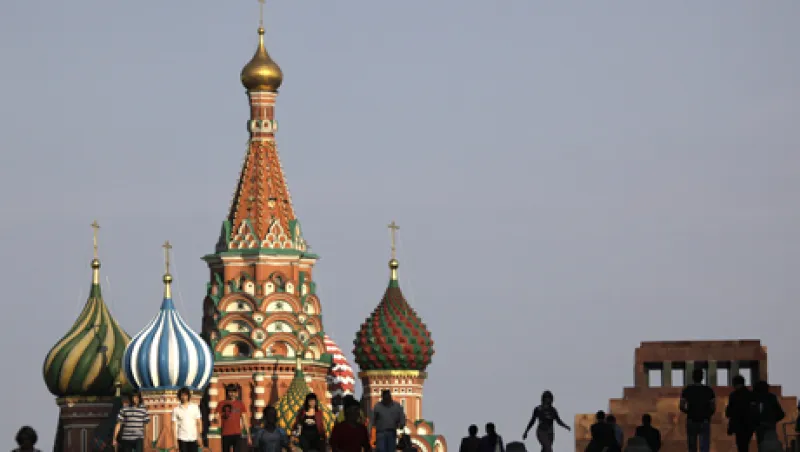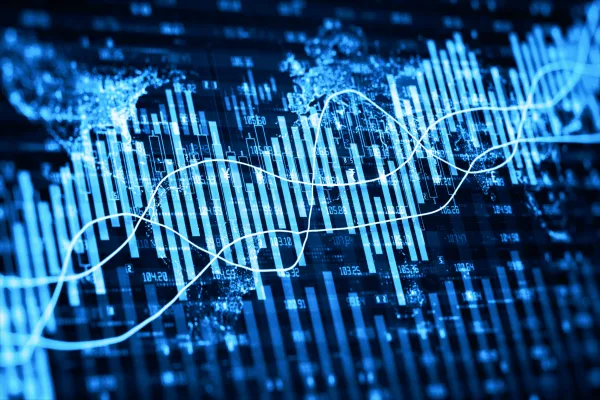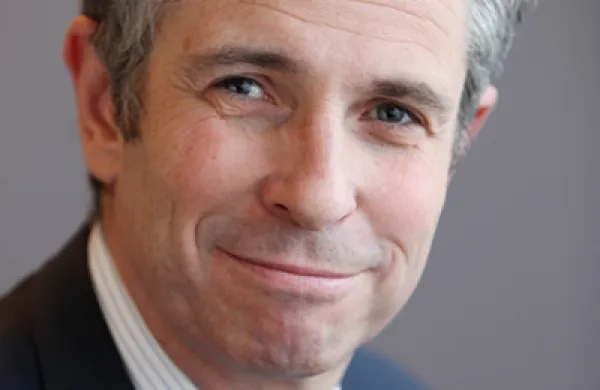Moscow’s struggling stock exchange has hung out a virtual Under New Management sign for world investors, with an unusual helping hand from the European Bank for Reconstruction and Development.
Russian companies have staged some of Europe’s largest equity issues both before and after the 2008 financial crash, from state-owned oil giant Rosneft in 2007 to private geek-driven internet search provider Yandex late last year. But almost all of these big IPOs took place on foreign exchanges. Rosneft is listed in London, Yandex on Nasdaq.
No more, says Ruben Aganbegyan, the bulky, straight-talking former investment banker and current president of the Moscow Interbank Currency Exchange, or Micex, which has gone beyond its FX roots to become Russia’s top share-trading platform. “Our job is to make the reforms that will allow companies to list here,” he told Institutional Investor during a Moscow investment conference last week organized by local bank Troika Dialog.
Aganbegyan, who used to run IB at Troika rival Renaissance Capital, took one big reform step by finalizing a merger between Micex and its long-time competitor Russian Trading System (RTS) just before the new year. The EBRD gave the combination a vote of confidence with a January 30 announcement that it had bought 6.29 percent of the new Micex-RTS for an undisclosed sum. This is the first time the London-based multilateral, which is active in 29 countries, has invested in a securities exchange.
Aganbegyan promises to increase the value of EBRD’s investment with a series of ambitious changes that would drag Moscow into the mainstream of modern financial civilization. Russia’s parliament finally passed a law in December enabling the creation of a central share depository, and Micex-RTS is busy combining the two biggest old ones, its president says. The exchange intends this year to shift to “T+3” settlement, the global standard requiring that shares be paid for within three days of a trade. It also wants to push issuer disclosure and prospectus requirements to European levels. “We’re bringing much more transparency to our exchange, so brokers can trade here the way they do elsewhere,” Aganbegyan sums up.
If things go well, Micex-RTS plans to boost the Russian equity renaissance with its own IPO. Press statements at the time of the merger put the exchange’s value at $4.5 billion and promised a public offering sometime in 2013. Aganbegyan makes no pledges on the timing so far.
One reason is probably that the most important reforms for solidifying Russia’s domestic market are beyond his control. These pertain to the country’s private-sector pension funds, which have amassed some $25 billion but invest just 1 percent of it in stocks. The reason is a law that forbids the funds to lose money in any calendar year, effectively restricting their holdings to treasury bonds and other minimal-risk instruments. Russian savers, meanwhile, have some $150 billion sitting in bank accounts but after successive market meltdowns in 1998 and 2008 are wary about using any of it to buy shares.
That leaves foreign investors dominant in the trading of Russian equities, giving issuers all the more reason to look to foreign exchanges. Still, the new regime at Micex-RTS is a step toward the country capturing its own financial markets.






